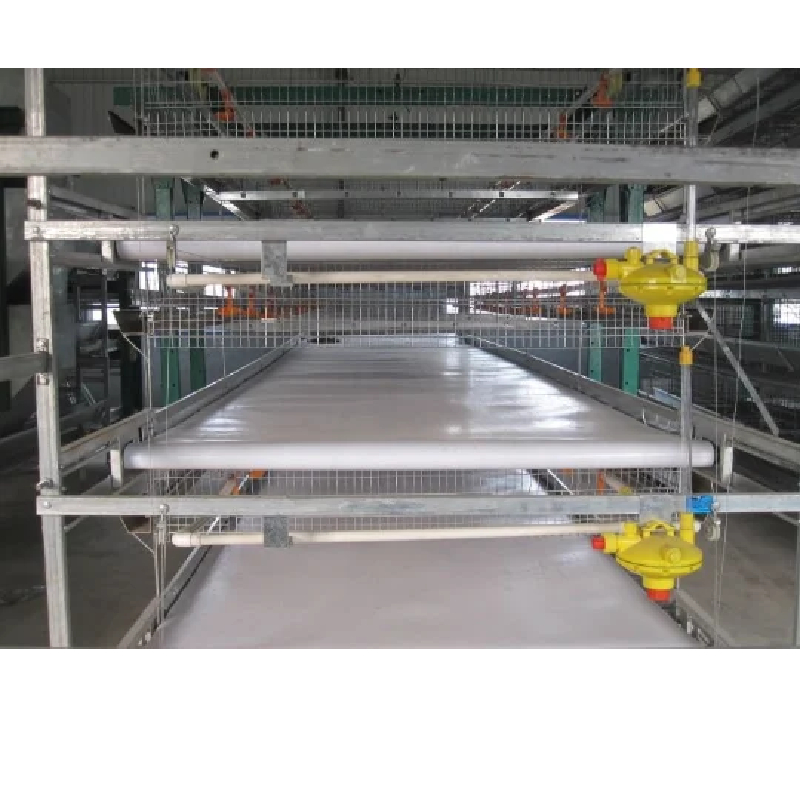Selecting the Best Exhaust Fans for Your Metal Building Needs
Nov . 06, 2024 03:05 Back to list
Selecting the Best Exhaust Fans for Your Metal Building Needs
The Importance of Exhaust Fans for Metal Buildings
Exhaust fans are indispensable components for maintaining a healthy and efficient atmosphere in metal buildings. These structures, often used for warehouses, factories, and agricultural purposes, can face unique challenges regarding ventilation and air quality. The nature of metal buildings means they can trap heat, moisture, and airborne contaminants, potentially leading to a range of problems for both the infrastructure and the occupants. This is where exhaust fans come into play, offering a solution that enhances air quality and operational efficiency.
Why Exhaust Fans Are Essential
Metal buildings often experience a phenomenon known as the “greenhouse effect.” Sunlight enters through windows or openings, heating the interior air and raising temperatures significantly. This can create an uncomfortable environment for workers and damage sensitive equipment or materials. Exhaust fans help mitigate this issue by expelling hot, stale air from inside the building and allowing cooler, fresh air to enter. This process not only regulates temperature but also reduces humidity levels, which can prevent condensation and mold growth—problems that are particularly pertinent in metal structures.
Moreover, exhaust fans play a crucial role in removing airborne contaminants such as dust, fumes, and chemicals. In industrial settings, accumulated contaminants can pose health risks to employees and create unsafe working conditions. By integrating exhaust fans into the building’s design, employers can ensure a safer environment, thus enhancing productivity and employee well-being.
Types of Exhaust Fans
When considering exhaust fans for metal buildings, there are various types to choose from, each suited for specific needs. Roof-mounted exhaust fans are a popular choice, especially for large structures. These fans are installed on the roof and efficiently draw hot air upwards, creating a negative pressure that allows cooler air to enter through vents or windows on the sides of the building.
exhaust fan for metal building

Another option is wall-mounted exhaust fans, which can be strategically placed at lower levels. These fans are particularly effective for smaller spaces or areas where rooftop installation may not be feasible. They can be used in conjunction with louvers or vents to promote effective air circulation.
For specialized applications, such as those involving high levels of humidity or volatile chemicals, more advanced exhaust systems like ducted exhaust fans may be required. These systems can minimize noise and enhance efficiency by directing air through ductwork before expelling it outside.
Energy Efficiency and Cost Considerations
One of the driving factors behind the selection of an exhaust fan system should be energy efficiency. Traditional exhaust fans can consume significant electrical energy, contributing to high operational costs. However, modern exhaust fans are equipped with energy-efficient motors and variable speed controls, which allow for precise operation and reduce energy consumption when full power is not necessary. By investing in energy-efficient models, businesses can reduce their carbon footprint while also lowering utility bills.
When budgeting for exhaust fans, it’s essential to consider installation costs alongside operational expenses. Properly sizing and installing exhaust systems can significantly impact their effectiveness. Consulting with professionals who specialize in ventilation systems can ensure that the right type and size of exhaust fan are selected for the specific requirements of the metal building.
Conclusion
In conclusion, exhaust fans are critical components in maintaining a comfortable, safe, and productive environment within metal buildings. By effectively managing temperature, humidity, and air quality, they not only enhance the working experience but also protect the integrity of the building and its contents. As businesses continue to invest in their facilities, prioritizing proper ventilation through exhaust fans becomes essential for operational efficiency and employee health. Proper planning, the right technology, and professional installation will yield long-term benefits for any metal building owner.
-
Hot Sale 24 & 18 Door Rabbit Cages - Premium Breeding Solutions
NewsJul.25,2025
-
Automatic Feeding Line System Pan Feeder Nipple Drinker - Anping County Yize Metal Products Co., Ltd.
NewsJul.21,2025
-
Automatic Feeding Line System Pan Feeder Nipple Drinker - Anping County Yize Metal Products Co., Ltd.
NewsJul.21,2025
-
Automatic Feeding Line System - Anping Yize | Precision & Nipple
NewsJul.21,2025
-
Automatic Feeding Line System - Anping Yize | Precision & Nipple
NewsJul.21,2025
-
Automatic Feeding Line System-Anping County Yize Metal Products Co., Ltd.|Efficient Feed Distribution&Customized Animal Farming Solutions
NewsJul.21,2025






